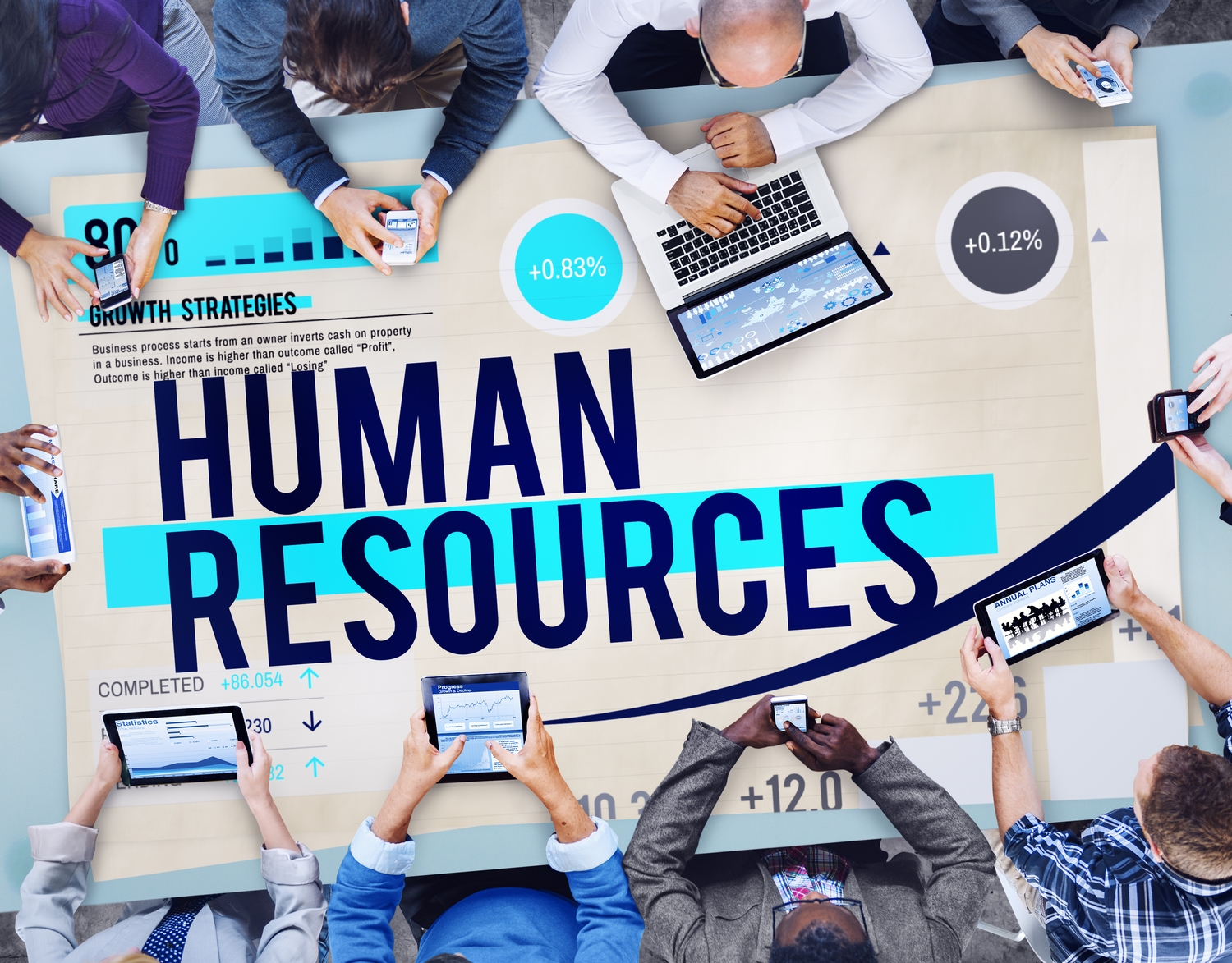Revolutionizing Human Resources: The Rise of AI-Powered HR Tools
In the age of digital transformation, Artificial Intelligence (AI) has permeated various aspects of business operations, and Human Resources (HR) is no exception. AI-powered HR tools offer innovative solutions to manage talent more effectively, streamline HR processes, and enhance decision-making capabilities. This article explores the significance of AI in HR, its key features, and provides a comparative analysis of leading AI-powered HR tools.
Importance of AI-Powered HR Tools
1. Enhanced Recruitment Processes:

AI-powered tools automate and refine recruitment processes by using data-driven algorithms to screen resumes, schedule interviews, and shortlist candidates based on qualifications and fit. This drastically reduces time-to-hire and ensures a higher quality of candidates.
2. Improved Employee Experience:
AI tools provide personalized experiences for employees, from onboarding to career development. Chatbots, for instance, can offer instant responses to HR-related queries, while personalized training programs enhance skill development.
3. Data-Driven Decision Making:
AI-powered HR tools analyze vast amounts of data to provide actionable insights. HR professionals can leverage these insights to make informed decisions about workforce planning, employee engagement, performance management, and more.
4. Streamlined Administrative Tasks:
Routine administrative tasks such as attendance tracking, payroll processing, and benefits management are efficiently handled by AI, freeing up HR professionals to focus on strategic activities that add value to the organization.
5. Predictive Analytics:
AI tools can predict future HR trends and challenges. For instance, predictive analytics can identify employees at risk of leaving and suggest retention strategies, thereby reducing turnover rates and maintaining organizational stability.
Key Features of AI-Powered HR Tools
1. Recruitment Automation:
Automates candidate sourcing, resume screening, and interview scheduling, increasing efficiency and accuracy in the hiring process.
2. Employee Self-Service:
Provides employees with AI-powered chatbots and portals for instant responses to HR-related queries, improving accessibility and satisfaction.
3. Performance Management:
Utilizes AI to set performance metrics, provide continuous feedback, and conduct performance appraisals, ensuring objectivity and consistency.
4. Learning and Development:
Customizes training programs based on employee skills, preferences, and career goals, enhancing continuous learning and professional growth.
5. Analytics and Reporting:
Offers detailed reports and analytics on various HR metrics, enabling data-driven decision-making and strategic planning.
6. Predictive Workforce Analytics:
Predicts future workforce trends such as turnover rates, training needs, and recruitment requirements, helping organizations plan proactively.
7. Compliance Management:
Ensures compliance with labor laws and organizational policies by monitoring and managing HR activities through AI-driven checks and balances.
Leading AI-Powered HR Tools
Here’s a comparison table of some of the top AI-powered HR tools available in the market:
| Platform | Key Features | Pricing Model | Integration Capabilities | Customer Support |
|---|---|---|---|---|
| Workday | – Predictive analytics and workforce planning | Subscription-based | High | 24/7 Support |
| – Recruitment automation | ||||
| – Comprehensive performance management | ||||
| Oracle HCM Cloud | – AI-driven recruitment and talent management | Subscription-based | High | Email and Phone |
| – Advanced analytics and reporting | ||||
| – Personalized learning and development | ||||
| SAP SuccessFactors | – AI-powered recruitment and onboarding | Subscription-based | High | 24/7 Support |
| – Employee self-service chatbots | ||||
| – Predictive workforce analytics | ||||
| IBM Watson Talent | – AI-driven candidate sourcing and matching | Subscription-based | Medium | Email and Phone |
| – Skill-based career pathing | ||||
| – Comprehensive people analytics | ||||
| HireVue | – Video interviewing with AI analysis | Subscription-based | Medium | Live Chat and Email |
| – Automated candidate assessments | ||||
| – Predictive insights for recruitment |
Choosing the Right AI-Powered HR Tool
1. Assess Organizational Needs:
Identify the specific HR challenges your organization faces and determine the features that would address these needs effectively. This could include recruitment automation, performance management, or learning and development.
2. Scalability and Flexibility:
Ensure the chosen platform can scale with your organization’s growth and adapt to changing HR requirements. Flexibility in customization is also crucial for meeting diverse organizational needs.
3. Integration Capabilities:
Choose a tool that integrates seamlessly with your existing HR and IT infrastructure. This ensures smooth data flow and enhances the overall efficiency of HR operations.
4. User Experience:
Select a platform with an intuitive and user-friendly interface. Ease of use for both HR professionals and employees enhances adoption rates and maximizes the tool’s benefits.
5. Cost Considerations:
Evaluate the total cost of ownership, including subscription fees, implementation costs, and any additional expenses for features or customization. Ensure the chosen tool offers good value for investment.
6. Customer Support:
Opt for a vendor that provides reliable customer support through multiple channels such as email, phone, and live chat. Good support is essential for addressing any issues that may arise.
Best Practices for Implementing AI-Powered HR Tools
1. Thorough Planning:
Develop a detailed implementation plan that outlines goals, timelines, and responsibilities. Engage key stakeholders to ensure buy-in and smooth execution.
2. Comprehensive Training:
Provide thorough training for all users, focusing on the features most relevant to their roles. Effective training ensures users can utilize the tool to its fullest potential.
3. Continuous Monitoring and Feedback:
Regularly monitor the performance of the AI tool and gather feedback from users. Use this information to make necessary adjustments and improvements.
4. Maintain Transparency:
Ensure transparency in how AI tools are used, particularly in recruitment and performance management. Clearly communicate to employees how decisions are made to build trust and reduce bias concerns.
AI-powered HR tools are revolutionizing the way organizations manage their talent and HR processes. By leveraging advanced technologies, these tools enhance efficiency, improve decision-making, and elevate the employee experience. Selecting the right platform and following best practices for implementation ensures that organizations can fully harness the benefits of AI in HR.
References:

